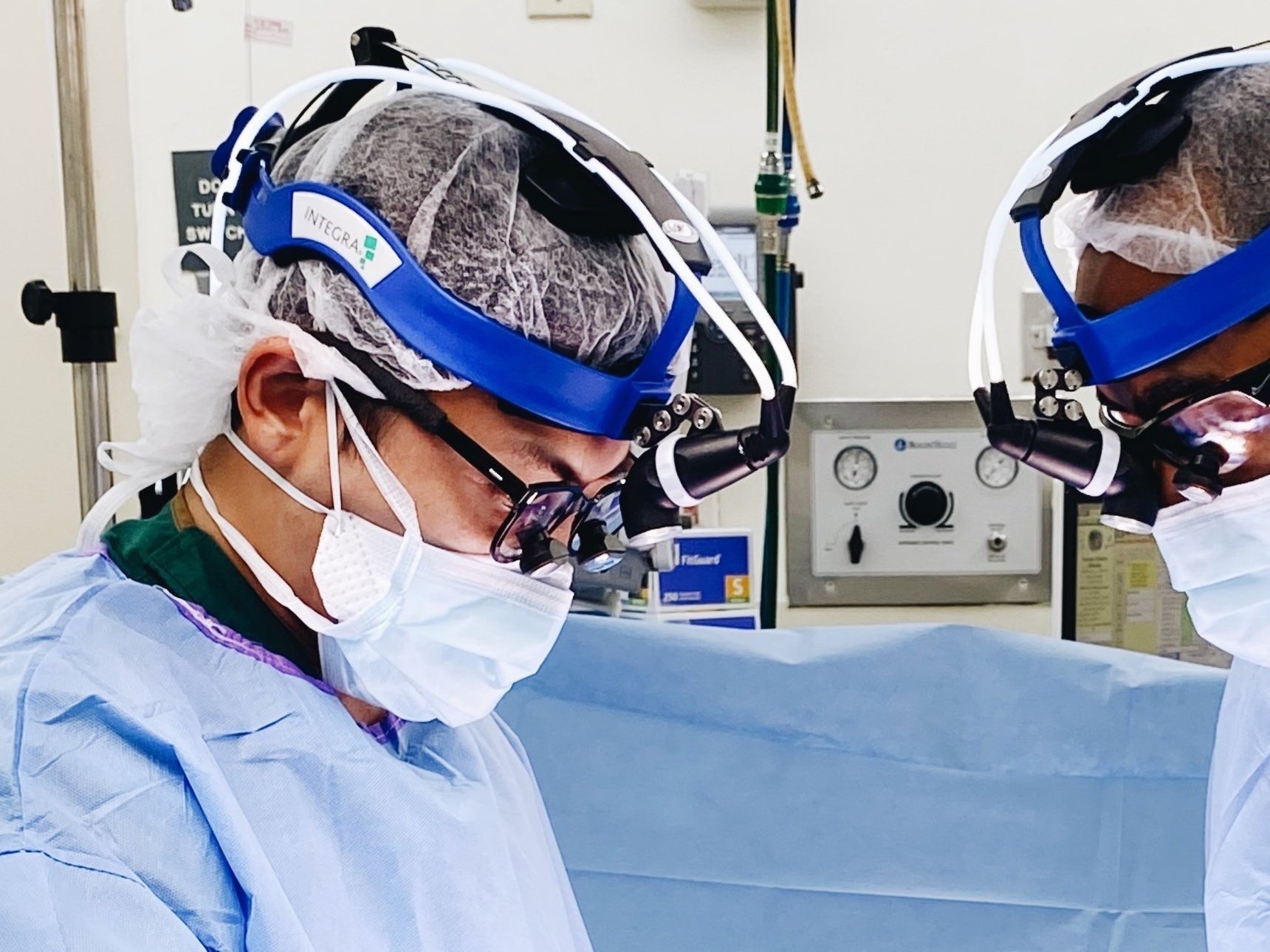Peyronie’s Disease
(Penile Curvature)
Restore Function, Confidence, and Comfort.
Advanced, personalized treatments for Peyronie’s Disease to help you regain a straight, pain-free erection.
What is Peyronie’s Disease?
Peyronie’s disease is a condition where scar tissue (plaque) forms within the tunica albuginea—the tough, elastic membrane surrounding the erectile tissue of the penis. This scar tissue prevents normal expansion during an erection, resulting in curvature, indentation, or shortening of the penis. In some men, it may also lead to erectile dysfunction (ED) or painful erections.
Peyronie’s can develop gradually or suddenly, and its cause is often linked to minor trauma or micro-injury to the penis—such as during vigorous intercourse, athletic activity, or even without any clear incident. The body’s abnormal healing response forms fibrotic tissue rather than elastic tissue, disrupting the uniform expansion of the erectile chambers.
The disease often has two phases:
Acute (active) phase: Lasts 6–18 months; patients may experience painful erections and worsening curvature.
Chronic (stable) phase: The pain resolves, and the curvature stabilizes—but often persists without treatment.
Symptoms of Peyronie’s Disease
Penile curvature that may worsen over time.
Pain during erections or intercourse.
Palpable lumps or plaques under the penile skin.
Erectile dysfunction (ED) or difficulty maintaining an erection.
Penile shortening or narrowing in severe cases.
Treatments
-
Xiaflex (Collagenase Clostridium Histolyticum) Injections
FDA-approved treatment that breaks down Peyronie’s plaques and improves penile curvature.
-
Penile Traction Therapy (PTT)
A device-based therapy that gently stretches the penis over time to reduce curvature.
-
Plication Surgery
A minimally invasive procedure to straighten the penis by placing sutures on the opposite side of the plaque.
-
Penile Implants
A permanent solution for men with Peyronie’s Disease and significant erectile dysfunction.
Who should consider treatment?
Men with significant penile curvature that affects sexual function.
Those experiencing pain during erections or intercourse.
Patients who have seen their symptoms worsen over time.
Individuals struggling with the psychological impact of Peyronie’s Disease.
What is the process?
Consultation: Book an appointment here. We evaluate your health, surgical history, and goals to determine the best approach.
Diagnostic Testing (if needed): blood tests, penile doppler ultrasound
Personalized Treatment Plan: Based on your specific needs, we create a targeted treatment approach to maximize effectiveness.
Follow-Up & Adjustments: Regular follow-ups to monitor progress and optimize treatment outcomes.
FAQs
-
Without treatment, Peyronie’s Disease can persist or worsen. However, many treatment options exist to improve symptoms and restore function.
-
Xiaflex treatment typically involves a series of injections over several weeks, with noticeable improvement occurring gradually.
-
Treatment goals are highly personalized, and is dependent on the desires of the patient. There are risks and benefits associated with each treatment, and these will be discussed at the initial consultation.
-
In some cases, Peyronie’s can lead to erectile dysfunction due to plaque formation affecting blood flow and penile rigidity.
-
Yes, depending on the treatment method. We will provide specific guidelines to ensure a safe recovery and optimal results.
-
Some treatments, including Xiaflex injections and surgery, may be covered by insurance. We will help verify your coverage and explore financing options.
Why choose Dr. Kevin Chu for treating you Peyronie’s Disease?
Board-certified, Fellowship-trained urologist and penile implant surgeon with years of experience in Peyronie’s disease.
Specializing in modern, minimally invasive procedures.
Your privacy is our priority, and our discreet office ensures a comfortable experience.
Free parking and easy scheduling at our Redondo Beach location.



